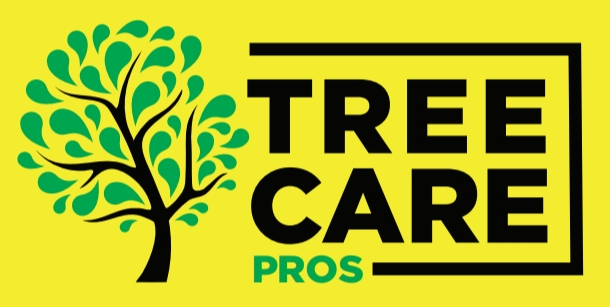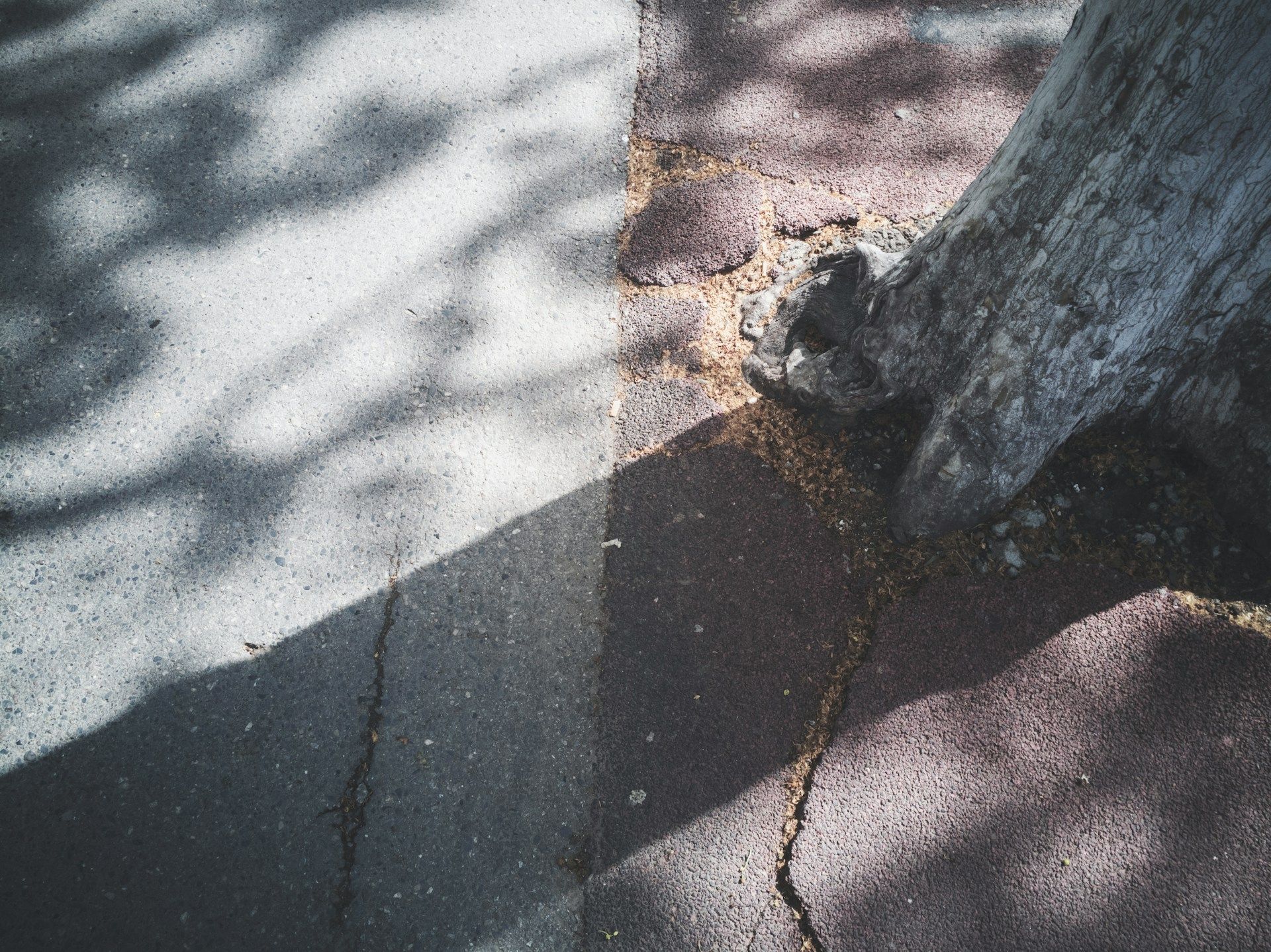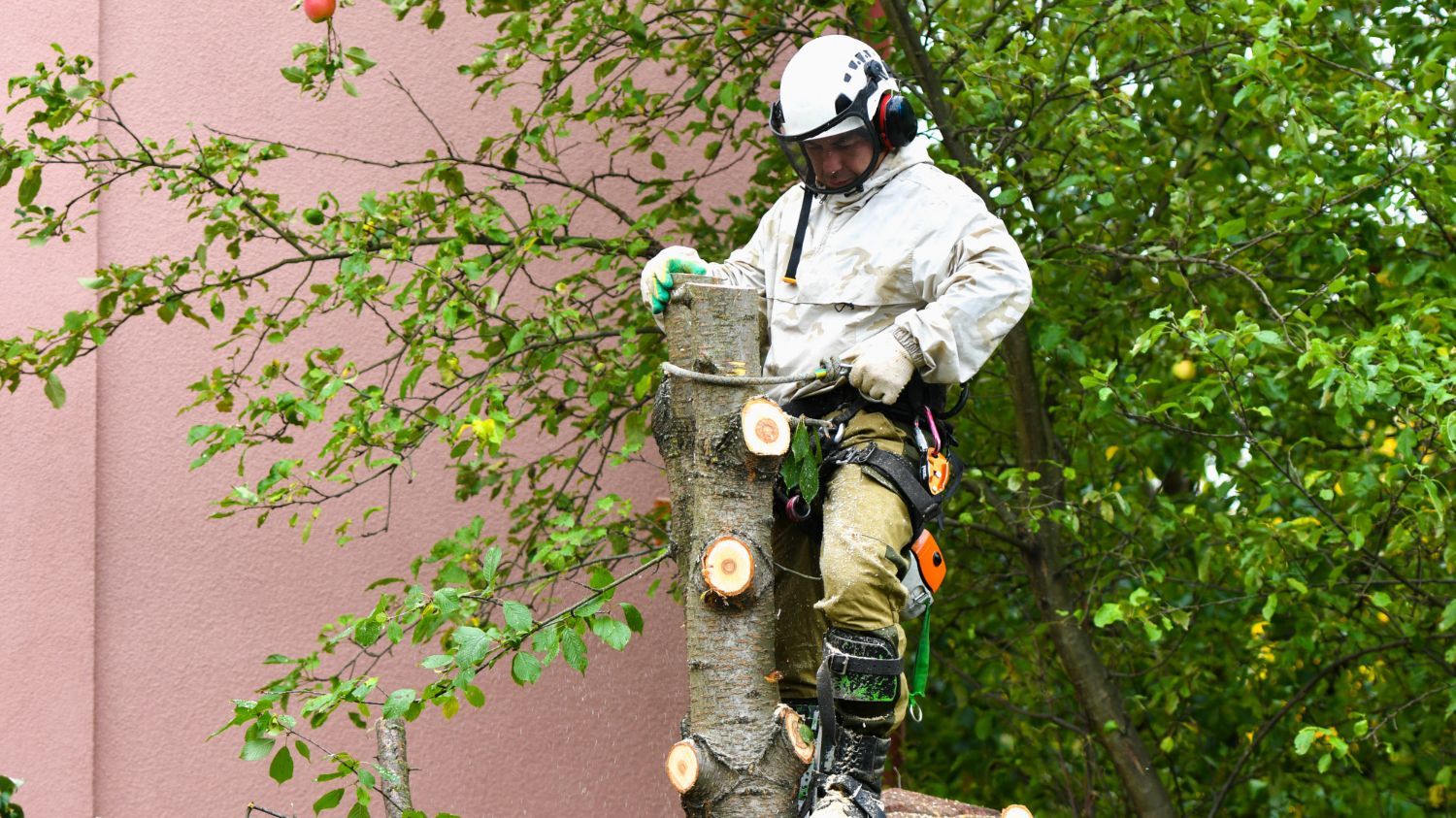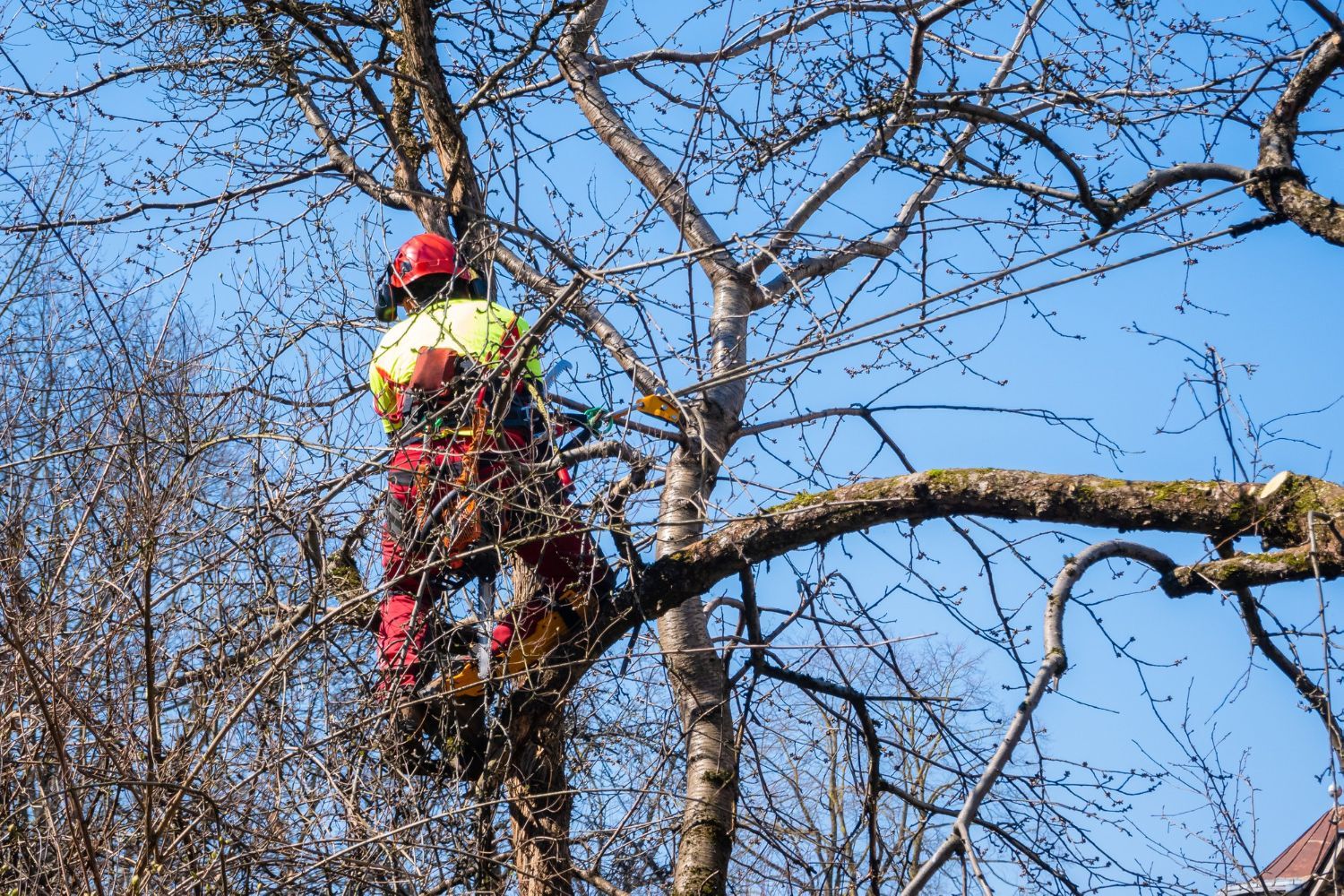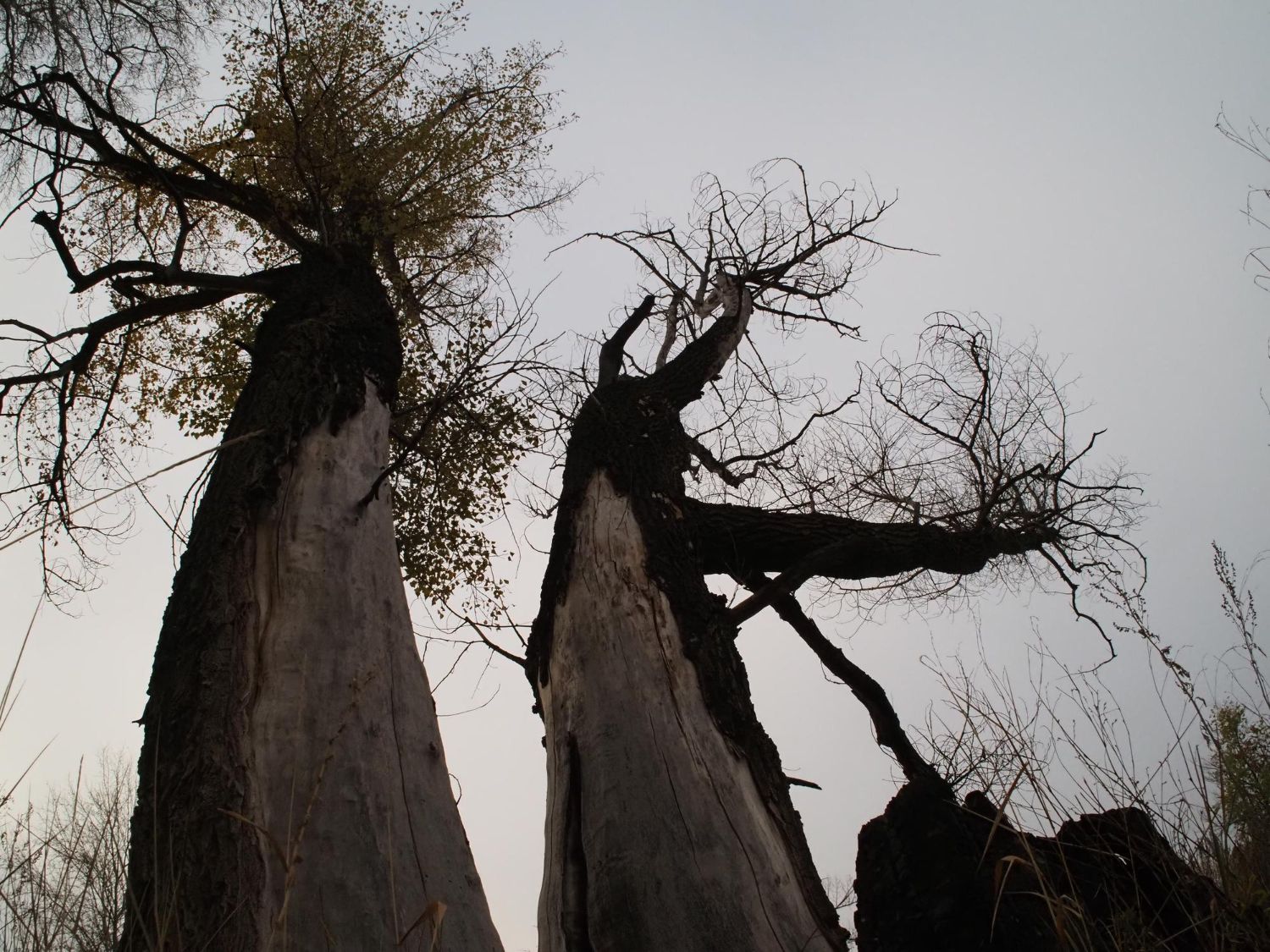Recognizing Common Tree Diseases in Barrie
Trees are an important part of our environment, offering shade, beauty, and fresh air. But, like other living things, they can get sick. In Barrie, various diseases can affect trees, changing how they look and grow. Knowing how to spot these diseases early can save your trees and keep your yard or park area looking its best.
There are many signs to watch for that might indicate your tree is sick. Leaves changing colour at the wrong time, odd spots, or dying branches may all be signs something isn’t right. By learning about these symptoms, you can act quickly to help your trees recover and stay healthy.
When trees get sick, it's not just a problem for the tree itself. Tree diseases can spread to other trees and harm the local environment. Recognizing the signs early and understanding how these diseases affect trees in Barrie helps you take the right actions to protect and keep them thriving.
Identifying Symptoms of Tree Diseases
Spotting tree diseases early can save your trees from further damage. There are several common signs that might indicate your tree is infected. Leaves are a good place to start. Watch for leaves that change colour out of season or exhibit unusual spotting. Yellow or browning leaves can suggest problems, especially if they drop earlier than expected.
Look closely at the tree's bark and branches. Peeling bark, cracks, or cankers are signs of trouble. Dead or wilting branches can also indicate disease, particularly if these symptoms are concentrated in one area. Inspect the base of the tree for mushrooms or fungal growth, as this suggests root problems.
Root decay might not be visible, but a tree leaning to one side shows it may have root issues. Other symptoms include slow growth, fewer leaves, and twig or branch dieback. These signs mean the tree isn’t getting the nutrients it needs.
To make it easier, here is a checklist of symptoms to identify tree diseases:
1. Leaves changing colour or dropping early
2. Spots or unusual patterns on leaves
3. Wilting or dead branches
4. Peeling or cracked bark
5. Fungal growth at the tree base
6. Leaning trees
7. Slow growth or reduced foliage
Checking for these symptoms regularly helps you notice problems early and take action to protect your trees.
Common Tree Diseases in Barrie and Their Effects
Barrie is home to several tree diseases that are common in the region. Knowing these diseases helps you understand what your trees might face and how they can be affected. One such disease is Dutch elm disease, which affects elm trees. It spreads through beetles and blocks water flow, causing wilting and leaf drop.
Another common disease is anthracnose, which targets sycamores, oaks, and maples. This disease causes leaf spots and can lead to early leaf drop. It thrives in wet conditions and can make trees look barren by mid-summer.
Apple scab, which affects apple and crabapple trees, results in dark, scabby spots on fruit and leaves. While not fatal, it can make trees look unhealthy and reduce fruit quality. Oak wilt is another concern in Barrie, affecting oak trees by preventing water flow, leading to leaf browning and tree death if untreated.
Finally, root rot is prevalent where water drainage is poor. It affects the roots and can make the tree unstable and cause dieback in branches. Being aware of these diseases and their symptoms enables you to better monitor your trees and take preventive action.
Common tree diseases in Barrie and their effects:
1. Dutch Elm Disease: Wilted, yellow leaves, often starting at the top of the tree
2. Anthracnose: Leaf spots, early leaf drop, bare branches by mid-summer
3. Apple Scab: Dark spots on leaves and fruit, reduced fruit quality
4. Oak Wilt: Leaf browning, wilting, potential tree death
5. Root Rot: Stunted growth, wilting, instability
Understanding these diseases can help you quickly identify issues and protect your trees effectively.
Preventive Measures to Protect Your Trees
Taking steps to protect your trees from disease is vital to maintain a healthy environment around your home. Start with proper tree maintenance. Regularly trim your trees to remove dead or diseased branches. This practice helps stop the spread of diseases and improves overall tree health. Trimming also allows more sunlight and air to reach the inner parts of the trees.
Keeping your trees well-watered and fertilized is another key preventive measure. Healthy trees are better equipped to resist diseases. Make sure to water your trees deeply but not too often. Excess water can lead to root rot and other issues. Use organic mulch around the base to retain moisture and keep weeds away, which can compete for nutrients.
Regularly inspect your trees for signs of disease. Look for unusual spots, wilting leaves, or growth changes. Early detection is crucial, as it allows you to address issues before they worsen. Additionally, ensure your gardening equipment is clean. Dirty tools can spread diseases from one tree to another. Wash them regularly with disinfectant, especially if you've been dealing with an infected tree.
Finally, choosing the right tree species for your area can help. Some trees naturally resist common diseases found in specific regions. Planting native trees or those known to thrive in Barrie's climate reduces the chances of disease. This proactive approach helps keep your landscape beautiful and healthy.
When to Call a Professional for Help
Sometimes tree diseases require more than home care. When you notice signs of tree disease but aren’t sure how serious it is, it might be time to call a professional. Experts can diagnose the problem accurately and suggest the best solutions. Diseases can spread fast, so acting quickly can save your tree.
If your tree shows severe symptoms, such as large dead areas, extensive leaf loss, or unusual growths, professional help is important. Such signs might indicate a serious disease that needs special treatment. Trying to fix severe problems yourself without the right knowledge or equipment might harm the tree more.
Accessing high branches or working with large trees involves risks. If a tree is very tall or close to power lines or structures, you should not attempt to deal with it yourself. Tree professionals have the tools and skills to safely handle even the most challenging situations.
Lastly, if you’ve tried several solutions and the problem persists, it’s time to reach out to an expert. They can offer treatments that aren't available to the average homeowner, which can make all the difference in saving a beloved tree. Professional guidance ensures the health of your trees and the safety of your surroundings.
Conclusion
Trees add beauty and value to our homes and surroundings. Keeping them healthy requires awareness and action. Understanding tree diseases and preventing them helps protect these important parts of our environment. Simple steps like regular trimming, watering, and checking for signs of illness go a long way in maintaining tree health.
Recognizing when professional help is needed prevents small problems from becoming big ones. Experts offer the necessary skills and treatments to help trees flourish. Their knowledge can save trees from severe diseases that we might struggle to identify or treat. Knowing when to call them ensures a balanced approach to tree care.
For those in Barrie, taking care of trees not only enhances the community but contributes to a healthier ecosystem. Trees give us shade, improve air quality, and offer homes to many animals. By staying informed about tree care and acting accordingly, we ensure these benefits continue for generations.
If you have tree concerns or need help managing tree diseases, Barrie Tree Care Pros is here to assist. Our experienced team offers expert advice and services to keep your trees healthy and strong. Contact our tree care experts today to ensure your trees continue to be a vibrant part of your landscape.
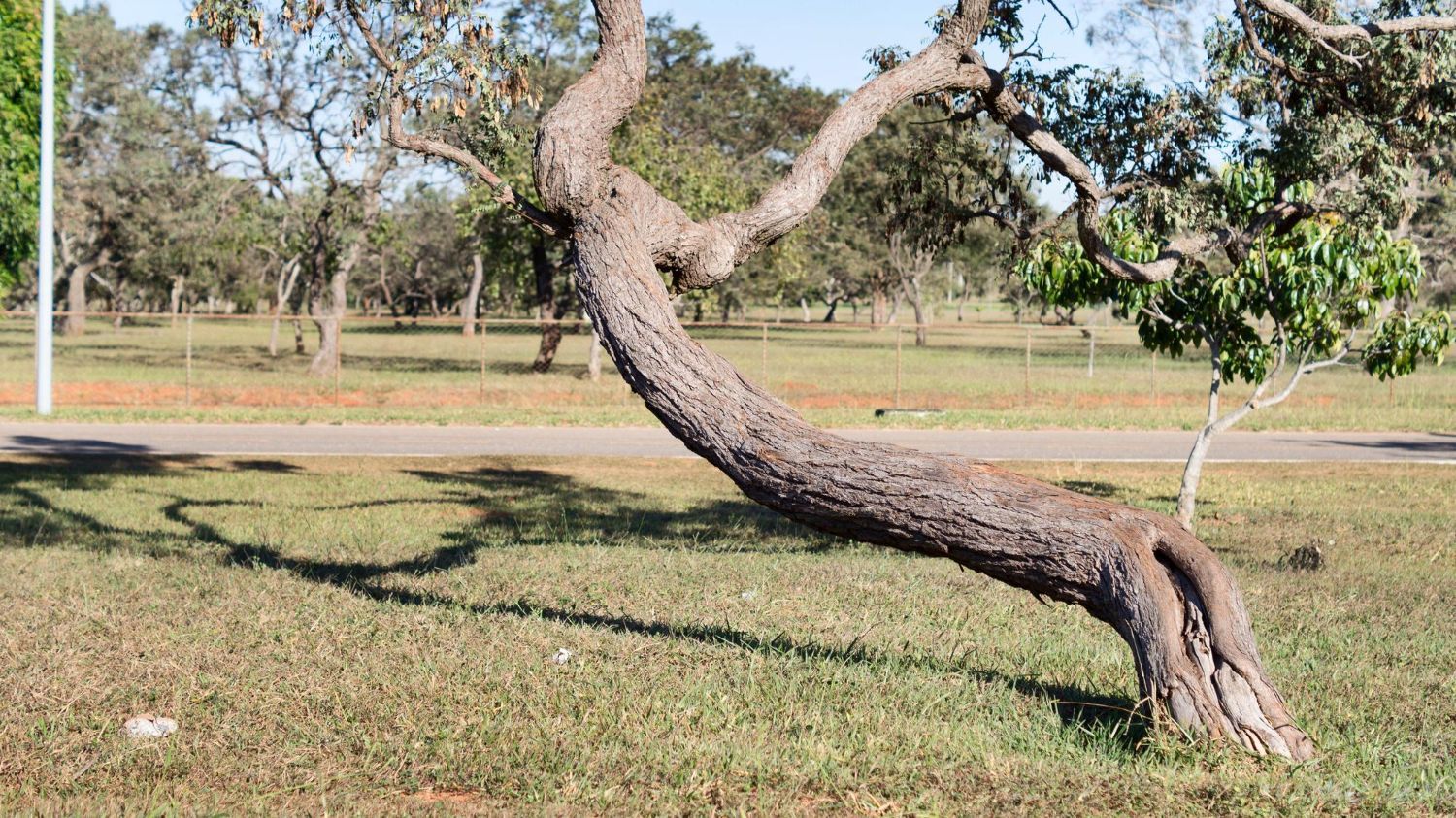
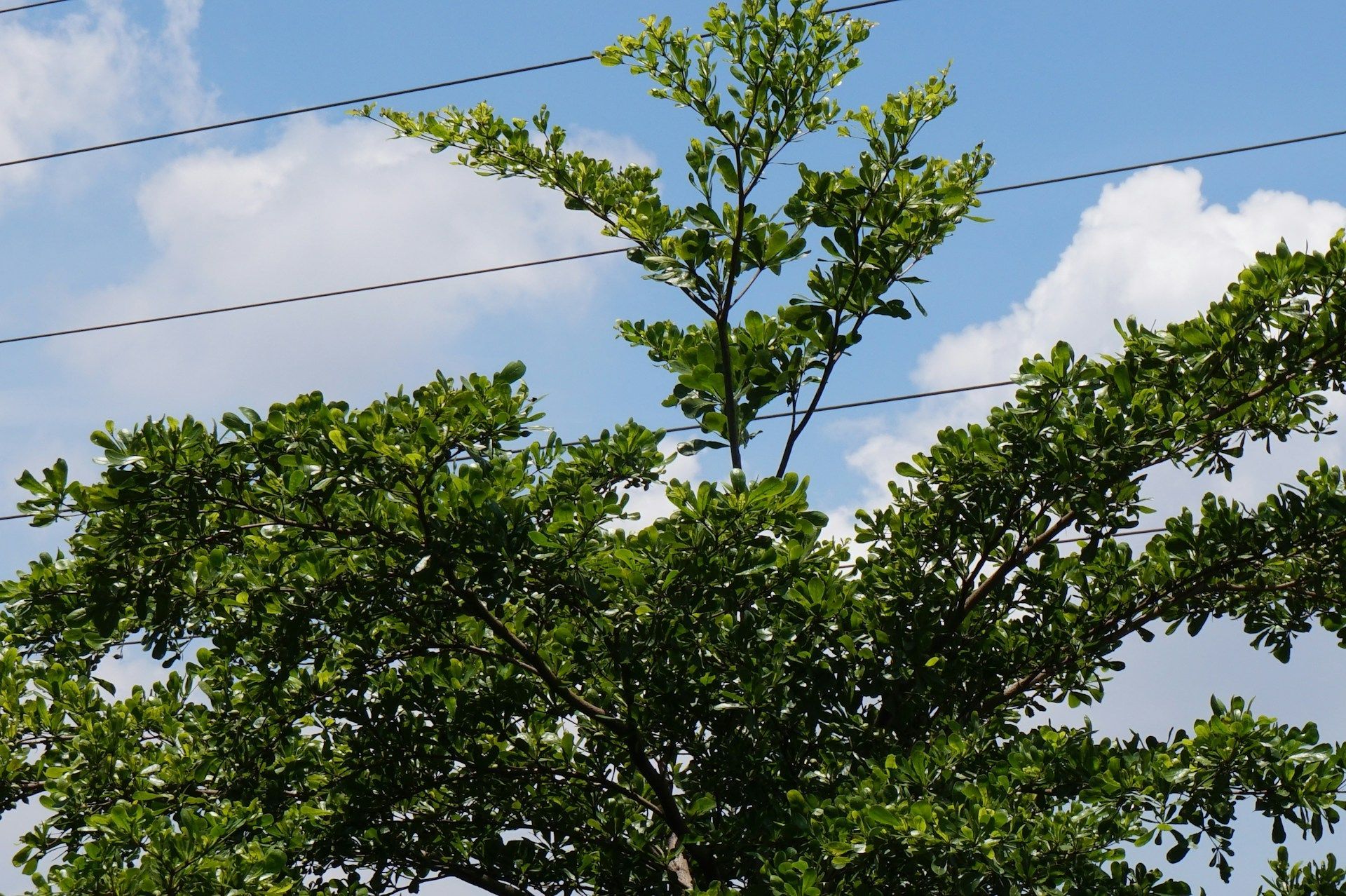
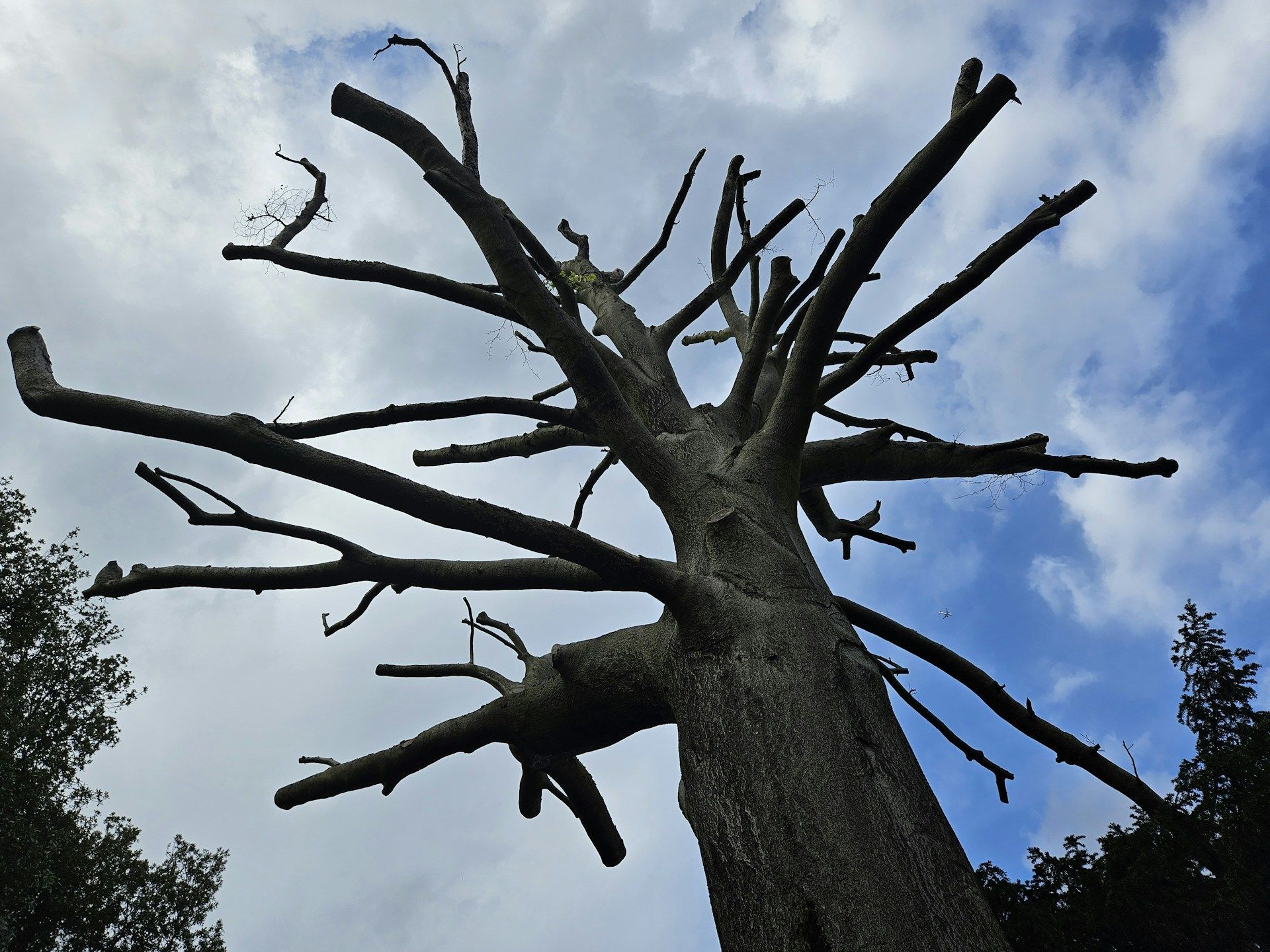
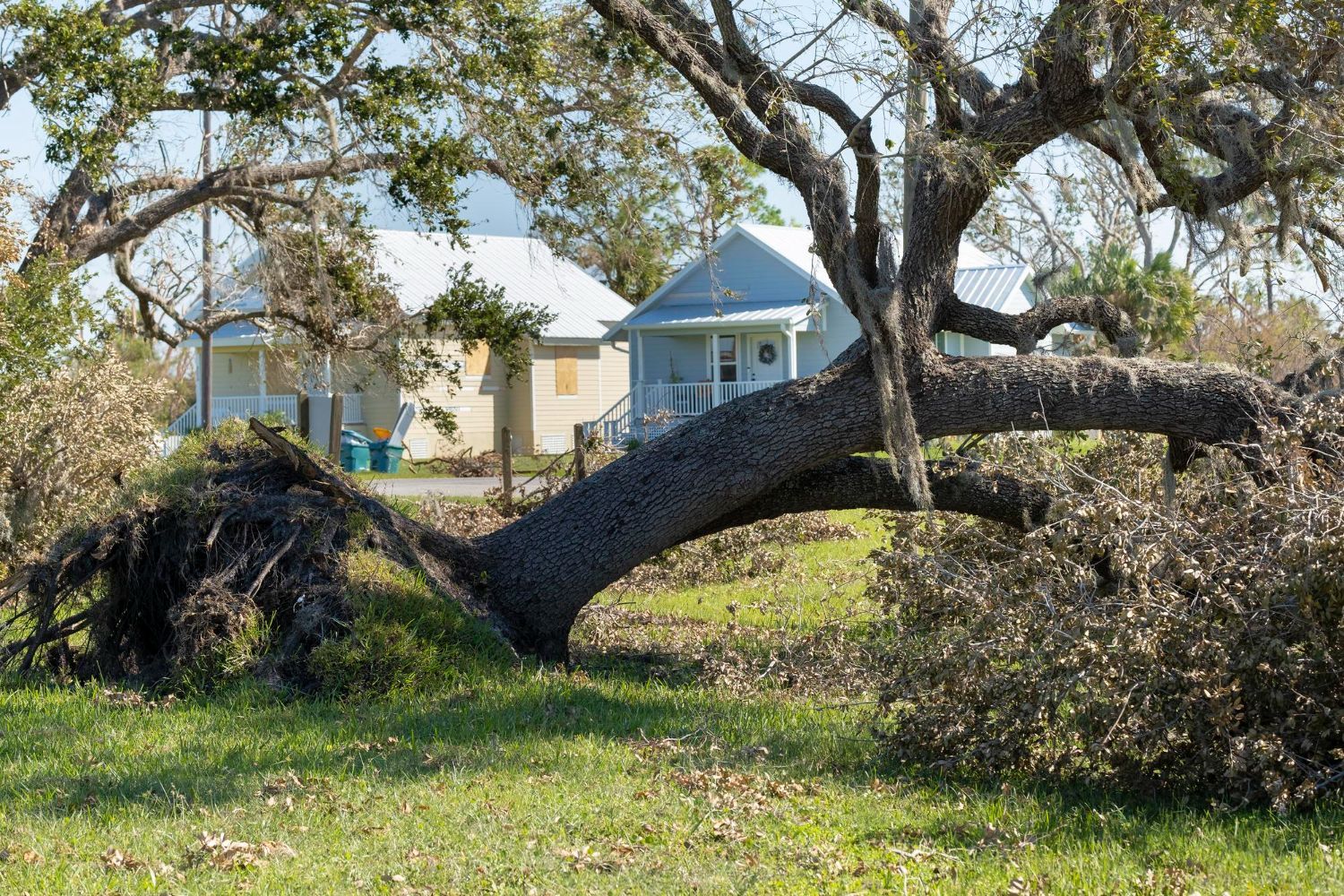
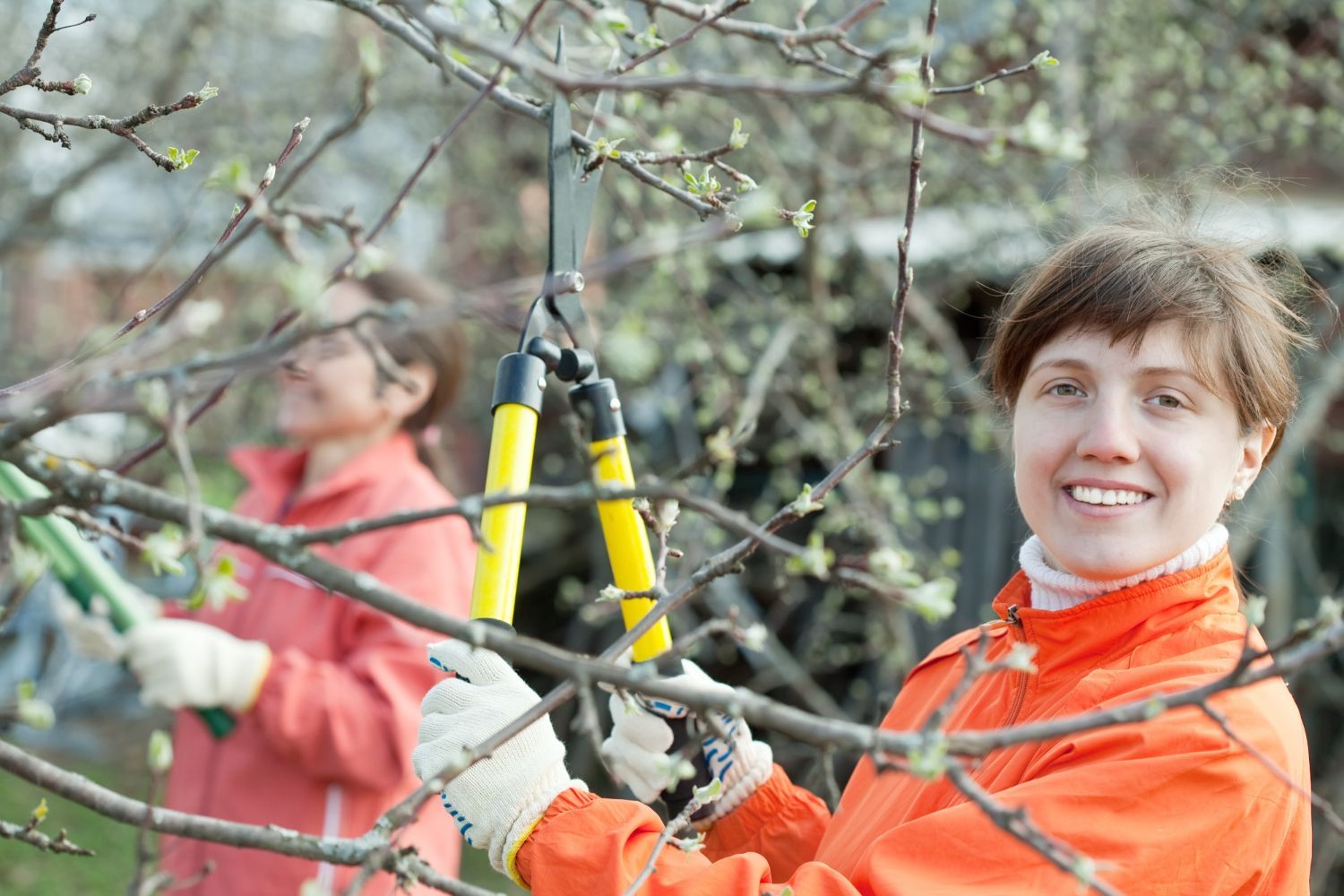
Contact
(705) 805-3696
service@barrietreecare.com
M-S - 9:00 AM - 5:00 PM
Serving Barrie | West Gwillimbury | Innisfil | Mara | Matchedash | Medonte | Nottawasaga | Orillia | Oro | Rama | Tecumseth
Copyright © 2017 Barrie Tree Care Pros, All Rights Reserved
This website is managed by a marketing service for the home improvement industry. All work is performed by licensed and insured contractors. We serve the public by referring inquiring parties to the most qualified expert.
